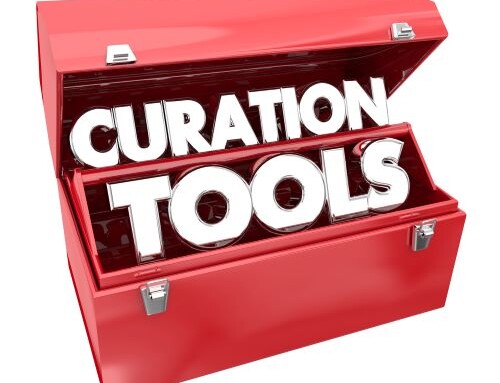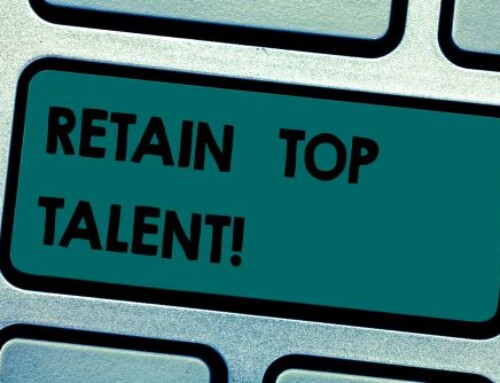This is the first post in a two part series on more productive corporate meetings.
Even in our fast-paced digital age nothing beats face-to-face collaboration and problem-solving.
This is one of the top reasons why the majority of executives believe that networking, new business opportunities, workforce engagement, training, and staying up-to-date on industry trends are best achieved face-to-face.1 In light of these results, it is no surprise that 97% of executives state meetings deliver a return on investment.2
Sadly, over half of the time spent in meetings is not productive. The problem is not inherent in meetings, but simply the way that most are conducted – whether small, short in-house meetings, or larger, off-site meeting events.
Here are the top strategies that will lead to better results and delighted executives:
- Set Meeting Ground Rules
One of the first problems with many meetings is that aren’t any ground rules. It is important to define what is expected by establishing a consistent code of conduct that will apply to any meeting throughout your organization. Start by establishing a corporate meeting policy.Some of the basic requirements in your meeting policy might include:- Meeting attendance is mandatory.
- Participants should arrive on time, prepared, and ready to engage.
- Minimize distractions and respect each other’s time
- All ideas should be treated with respect, including differing viewpoints.
- No one attendee should dominate the conversation.
- Every participant should contribute to the meeting in some way.
- Determine Meeting Attendees
The majority of people know what it’s like to sit through a meeting and wonder “why am I here?” You might think you are being inclusive, but if your participants don’t know how the meeting relates to them it will only leave them feeling like their time is not respected – or worse yet, that the meeting was a waste of time. Instead, carefully consider who should be in attendance by only inviting those that are necessary and absolutely essential to the meeting. Make sure the size of your group matches your objectives. For example, a strategy meeting would be a much smaller group than a training meeting. - Schedule a Time that Works for Everyone
If key members are missing it inevitably slows your meeting down by forcing you to put certain issues on hold. There’s an easy solution to this problem: select a time that works for everyone. Not only will meetings be more productive, but having everyone present will further communicate that everyone is essential and will subtly change the tone of your meeting. - Establish a Purpose
You should never enter a meeting without a clear goal in mind. What are you trying to accomplish? What are the smaller discussions and decisions that need to be reached in order to accomplish your bigger goal? As much as possible stay away from abstract goals and focus on goals that are measurable or actionable. If your objective is a bit abstract, make sure your meeting is focused on developing a concrete action plan. - Get Input
Treat your attendees or participants like the asset that they are to each other and the organization. While you are developing the content for your next meeting, seek out the advice of your participants. What issues would they like to see addressed? Should elements of the meeting be run through a very small, but extremely critical focus group first? Are there other professionals who should be in the meeting as well as helpful documents or information that should be included that attendees might feel should be involved too?
For example: A new product launch training meeting for sales professionals shouldn’t be limited to those in sales. It may be beneficial to do a focus group first which includes those in technical support, customer support as well as marketing who interact with customers with customers in social media, support calls, etc. This group may be helpful to identify some questions that would be extremely helpful to understand the audience, questions they may ask, challenges they face, which are part of both the pre and post sales process - Plan Ahead
Prepare a highly focused agenda that will help you accomplish your established goal. Be strict about sticking to the time allotted for each item on the agenda. Don’t fill up your time with reports and reading material, no matter how relevant. Instead, send this information out prior to the meeting along with the level of preparation expected from each participant. The purpose of the meeting should be to discuss specifics, not review material that should be done as “homework.”
PRO TIP: When adding items to the agenda, consider adding items as questions instead of topics to inspire conversation points. 3 For example: instead of “New Widget Features” add “What are the new widget features?” Or, instead of “launch delays with widget” add “Why is the widget launch delayed?” - Send Out a Reminder
Although you may have already sent out an email outlining the meeting goals and expectations, you should send out another reminder 24 hours before the meeting. This is extremely important to help establish the meeting as one that can’t be missed. Be sure to include the overall meeting goal as well as the agenda and any pertinent material that should be reviewed prior to the meeting.If you’re using a mobile app, such as for offsite meeting events, utilize push notifications to keep attendees in the loop and ensure timely attendance. Additionally, any last minute changes such as added topics, room changes, etc. can easily be added and kept up to date! - Designate a Leader and Recorder
Focus and follow-through are two of the biggest meeting problems that hinder meeting productivity. It’s no secret that like anything else, getting to the right destination depends on who is navigating the ship. This is why selecting a meeting captain, leader, or administrator is critical to the overall direction and effectiveness of the meeting. A great meeting leader should be able to steer the meeting in the right direction, address the key topics, keep participants engaged, redirect when the meeting if it gets off course, tie up loose ends, and step in if there are any conflicts.To ensure that everyone who attends the meeting (as well as those who may have an interest afterward) has a record of what important elements occurred, someone needs to act as the minute taker or recorder of the meeting. This is also a very important role. Not only should the recorder write down key points that are relevant, track action items, who is responsible for ownership of tasks, timelines/milestones/deadlines but they should help to keep task owners accountable. - Be Punctual
Don’t make the mistake of waiting for late arrivals. Set a precedent that meetings start according to schedule and are always on-time. One way to do this is to plan ahead. Be sure to test technology such as teleconference and phone lines, audio/visual equipment, WiFi connections, power, etc. Alternately there should be a contingency plan should any part of technology fail. Whether participants are there to learn, network or discuss issues; time is value. Don’t waste it by failing to respect each other’s time by not starting the meeting promptly, or stopping due to technology glitches.
Of course these are only the first nine strategies to help your meetings accomplish more, get better results and please executives. There are nine additional tips in the second half of this two part series. Click here to read nine more strategies for more productive meetings.
For assistance in planning your next corporate meeting, contact Gavel International for more information about our outsourced programs.
Sources:
This article was last updated on November 28, 2022
- Why Executive Retreats Are Worth the Investment - January 6, 2025
- Attract and Retain Top Talent with These 10 Desirable Company Culture Traits - December 23, 2024
- 7 Myths That Make Your B2B Marketing Content Ineffective - November 25, 2024






